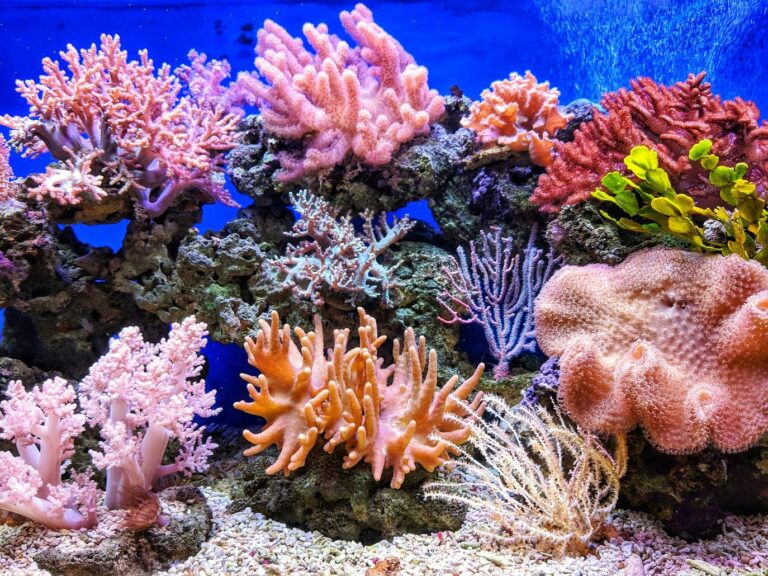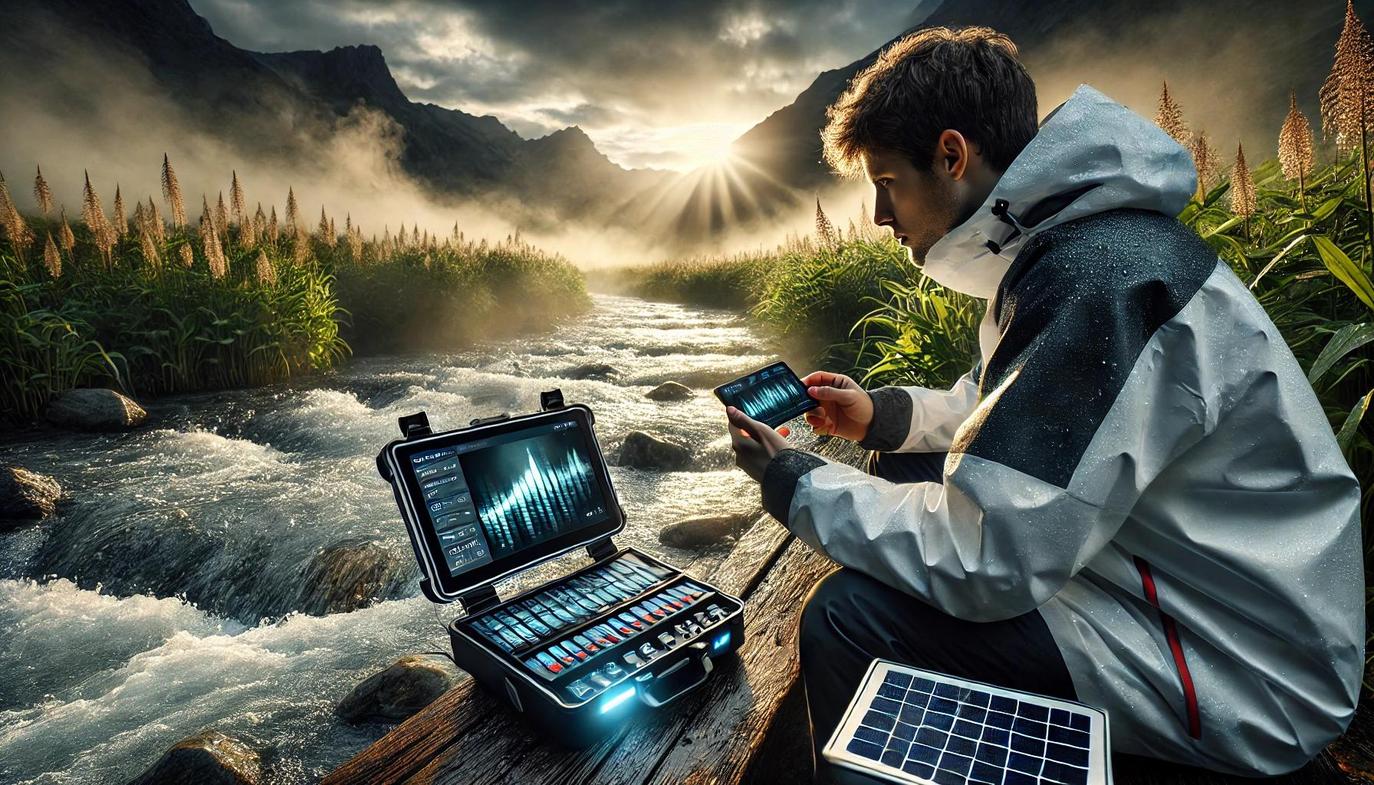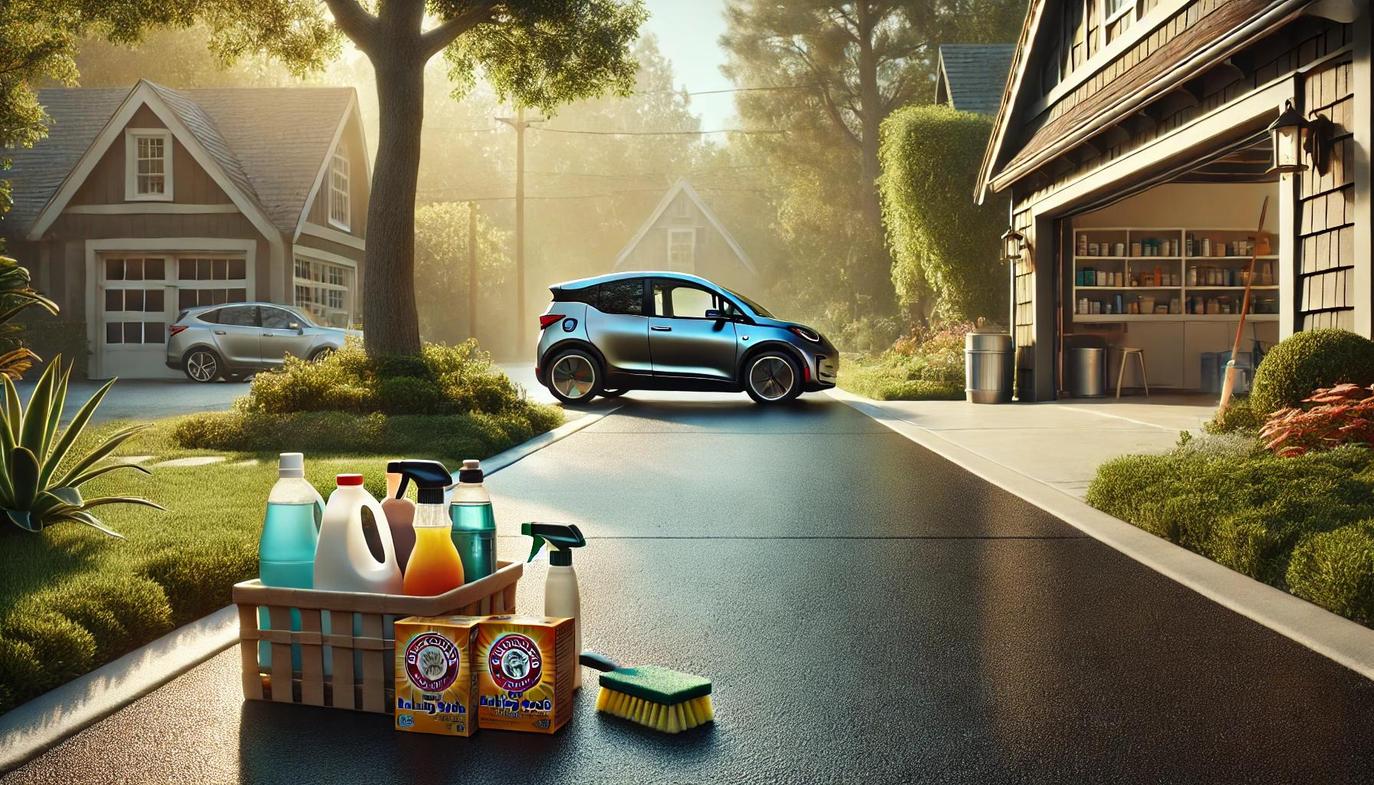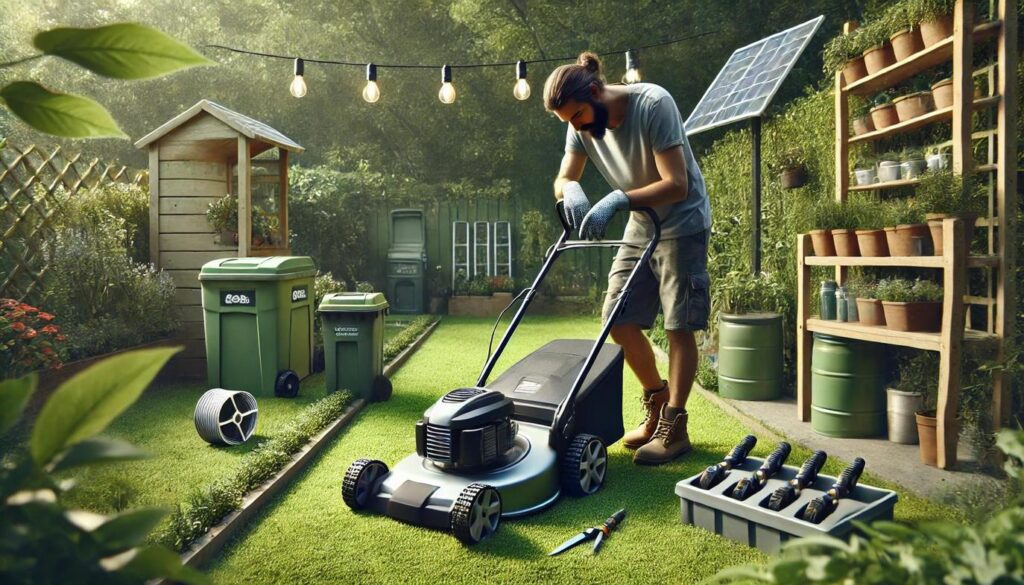Hawaii is home to some of the best surf spots in the world, with each island offering its own unique experience. Maui, for example, draws surfers with its reliable wave conditions and scenic, palm-fringed shores. Many beginners take Maui surf lessons to build foundational skills before exploring other Hawaiian surf spots.
One such iconic location is Hanalei Bay, nestled on the north shore of Kaua’i Island. With its two-mile stretch of golden sand and breathtaking mountain backdrop, Hanalei Bay attracts surfers of all skill levels. Whether you’re new to surfing or a seasoned rider, Hanalei Bay delivers rideable waves and natural beauty that make every session memorable.
As more people take up surfing, protecting the bay’s natural beauty becomes essential. Global oceans are under stress from climate change, plastic pollution, and habitat degradation—issues that directly affect surf zones like Hanalei Bay. Since surfers spend so much time in the water, they have a unique responsibility to preserve these ecosystems. By practicing sustainability, you help ensure that Hanalei Bay remains a paradise for generations of surfers to come.
If you’re taking surfing lessons in Hanalei Bay, here’s how you can respect the environment while enjoying the waves:
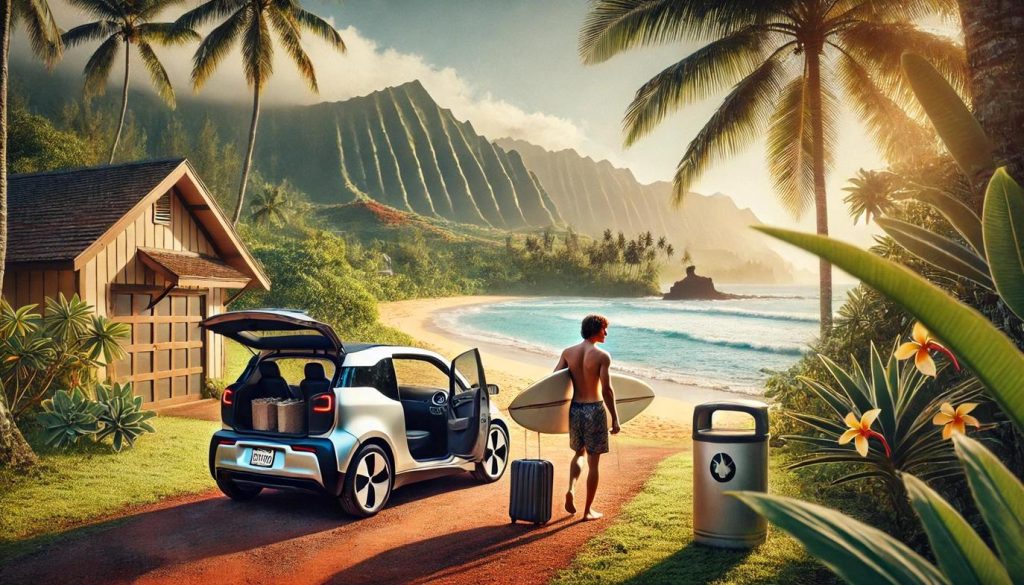
How to Travel Sustainably to Hanalei Bay
Getting to Hanalei Bay often requires flights and long drives, which contribute to carbon emissions. While travel is unavoidable, you can minimize your impact by making eco-conscious choices:
- Use public transportation, carpool, or rent an electric vehicle whenever possible.
- Limit unnecessary trips by making the most of your time at Hanalei Bay instead of frequently traveling back and forth.
- Give back to the island by joining local conservation projects, like native tree planting or marine cleanups, to balance the impact of your visit.
A mindful approach to travel helps reduce environmental harm while allowing you to enjoy Hanalei Bay responsibly.
Tips for Keeping Hanalei Bay’s Beaches Clean
Pollution is a growing concern for beaches across the globe, and Hanalei Bay is no exception. Litter left behind by visitors often ends up in the ocean, harming marine life. As a surfer, you can make a difference by:
- Always cleaning up after yourself and properly disposing of waste.
- Participating in or organizing beach clean-up events.
- Encouraging others to be mindful of their trash, especially plastic waste.
Simple acts, like removing a piece of litter from the sand, help prevent harm to wildlife and preserve the bay’s ecosystem.
How to Choose Eco-Friendly Surfboards and Gear
Surf gear is often made with toxic resins and high-energy manufacturing methods that leave a large environmental footprint. When selecting your gear, consider sustainable options:
- Opt for eco-friendly surfboards made with recycled materials or bio-based resins instead of petroleum-based ones.
- Purchase second-hand surfboards and wetsuits instead of always buying new ones.
- Look for brands that prioritize sustainability and ethical production.
By making informed choices, you support companies that are committed to reducing their environmental footprint.
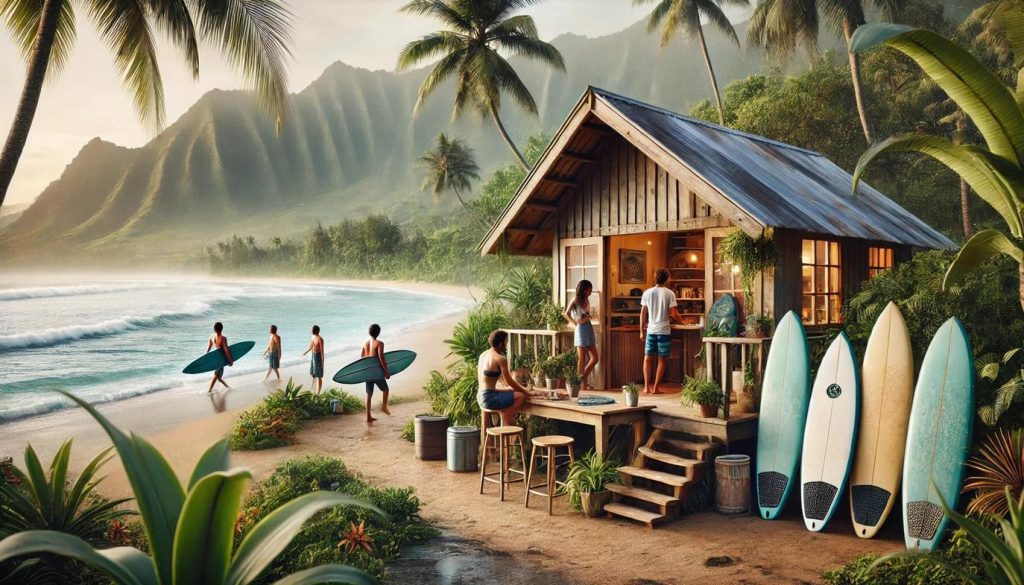
Selecting an Environmentally Responsible Surf School
If you’re new to surfing, choosing an eco-conscious surf school can make a big difference. Whether you’re taking lessons in Hanalei Bay or attending Maui surf lessons, look for schools that prioritize sustainability. Some ways to ensure your lessons align with environmental values include:
- Choosing schools that use eco-friendly surfboards and equipment.
- Supporting instructors who educate students about ocean conservation.
- Learning proper surfing etiquette to avoid harming marine life or damaging coral reefs.
By selecting the right surf school, you not only improve your skills but also contribute to the preservation of Hawaii’s natural beauty.
Why Repairing and Reusing Surf Gear Matters
Surfboards, wetsuits, and other equipment don’t last forever, but they can be repaired and reused instead of being discarded. Here’s how you can extend the life of your gear:
- Fix minor dings and cracks in your surfboard instead of replacing it.
- Patch up wetsuits rather than throwing them away.
- Donate old gear to surf schools or beginners who may need affordable equipment.
This approach reduces waste and saves you money while helping foster a more sustainable surfing culture.
Ways to Surf Without Harming Marine Life
While surfing in Hanalei Bay, you share the waters with marine creatures like sea turtles, fish, and coral reefs. Protect them by:
- Avoiding contact with coral reefs, as they are delicate and easily damaged.
- Avoid feeding or interacting with marine wildlife, as even small disturbances can stress or harm ocean species.
- Using reef-safe sunscreen to prevent harmful chemicals from polluting the water.
Being mindful of ocean life ensures that Hanalei Bay remains a thriving ecosystem for years to come.
Final Thoughts on Surfing Responsibly in Hanalei Bay
Surfing in Hanalei Bay is a powerful way to connect with Hawaii’s natural beauty—but with that experience comes responsibility. Whether you’re removing beach litter or choosing sustainable surf gear, your choices help safeguard this coastal gem.
By staying mindful of your environmental impact, you contribute to a more sustainable surf culture that respects marine life, supports local ecosystems, and inspires others to do the same. Hanalei Bay offers surfers an incredible gift—caring for it is one of the most meaningful ways we can return the favor.
Frequently Asked Questions About Eco-Friendly Surfing in Hanalei Bay
Q: What should I look for in a sustainable surf school?
A: Choose schools that use eco-friendly boards, teach about ocean conservation, and emphasize respectful behavior toward marine life and reefs.
Q: Is reef-safe sunscreen really necessary?
A: Yes. Regular sunscreens often contain harmful chemicals like oxybenzone that damage coral reefs. Reef-safe options are biodegradable and less toxic to marine ecosystems.
Q: Can I still surf sustainably if I’m renting gear?
A: Absolutely. Renting helps reduce consumption. Just be sure to choose rental shops that maintain their equipment and promote sustainability.
Q: What’s the best way to support local conservation while visiting?
A: Participate in community clean-up efforts, donate to local ocean protection groups, or volunteer with reef restoration programs.
Q: How do I dispose of old surf gear responsibly?
A: Repair when possible. If it’s beyond repair, donate usable parts to surf schools, or check for recycling programs in Hawaii that accept surf equipment.

